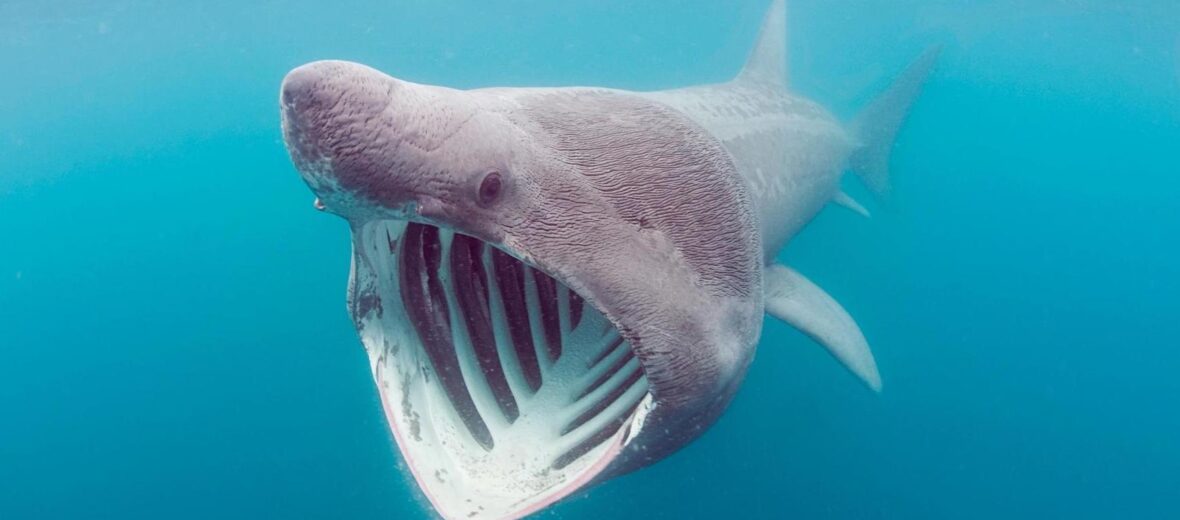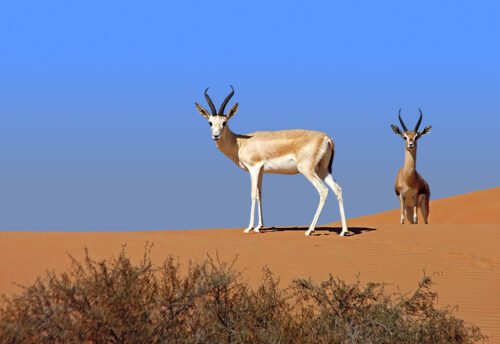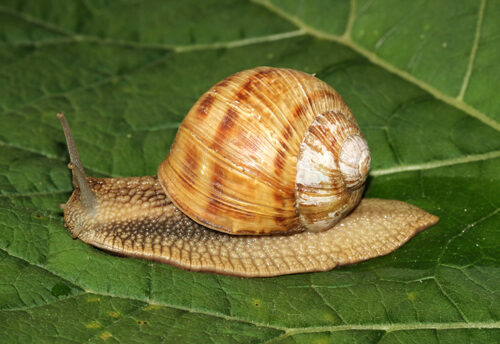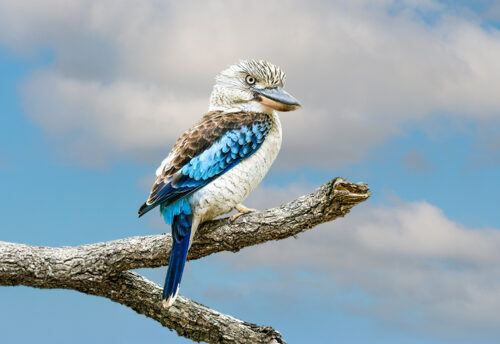
The basking shark is the second largest known fish in the ocean, after the whale shark. These gentle giants have lots of teeth but instead choose to eat plankton. They can be found in temperate waters around the world, slowly swimming about, peacefully scooping up plankton. These sharks get their name from the fact that they swim close to the surface, almost as if they are basking in the sun. Sadly, due to overfishing (for their fins and liver oil), bycatch (entanglement in fishing nets), hunting, and boat strikes (collisions with boats) these amazing creatures are listed as Endangered by the IUCN and their populations are decreasing.
First the Stats…
Scientific name: Cetorhinus maximus
Weight: Up to 11,000+ lbs.
Length: Up to 26+ feet
Lifespan: Up to 50 years
Now on to the Facts!
1.) They feed on zooplankton (tiny animals that live near the surface of the water), fish eggs, barnacles, shrimp, and krill.
2.) Only 2 other sharks feed this way: whale sharks and the megamouth sharks.
3.) Over the years, these sharks have collected a series of names, like bone sharks, sun fish, elephant sharks, and hoe-mothers.
4.) They may typically be slow moving, but basking sharks are capable of launching themselves from the water. It isn’t certain why they do this, but some think it is to either loosen attached parasites, woo a female, or just for fun. One incident of a breaching basking shark resulted in a capsized vessel and 3 drowned people. Give em room, is all I’m saying.
5.) Basking sharks are what are called seasonally social. They are typically solitary creatures, but certain times of the year they can be found in large, same sex groups.
But wait, there’s more on the basking shark!
6.) Like other sharks, they don’t possess a swim bladder. Instead they rely on enlarged livers that are filled with squalene, a low-density hydrocarbon which is lighter than seawater, and gives the sharks their buoyancy.
7.) They travel north during the summer months and head south for the winter when the plankton supply begins to falter.
Did you know…?
Basking sharks produce a mucus-based slime that covers their body and helps to protect them against lampreys and other parasites. This slime is highly corrosive. So much so that it can dissolve the natural fibers of fishing nets. The ammonia-rich mucus also smells terrible!
8.) The gestation period (pregnancy) for female basking sharks is up to 3 years!
9.) As soon as the pups are born, they are totally independent and fend for themselves.
10.) At times, these sharks can dive to depths of over 3,000 feet in search of food.
Now a Short Basking Shark Video!
Also, check out the Critter Science YouTube channel. Videos added frequently!
Want to suggest a critter for me to write about? Let me know here.



